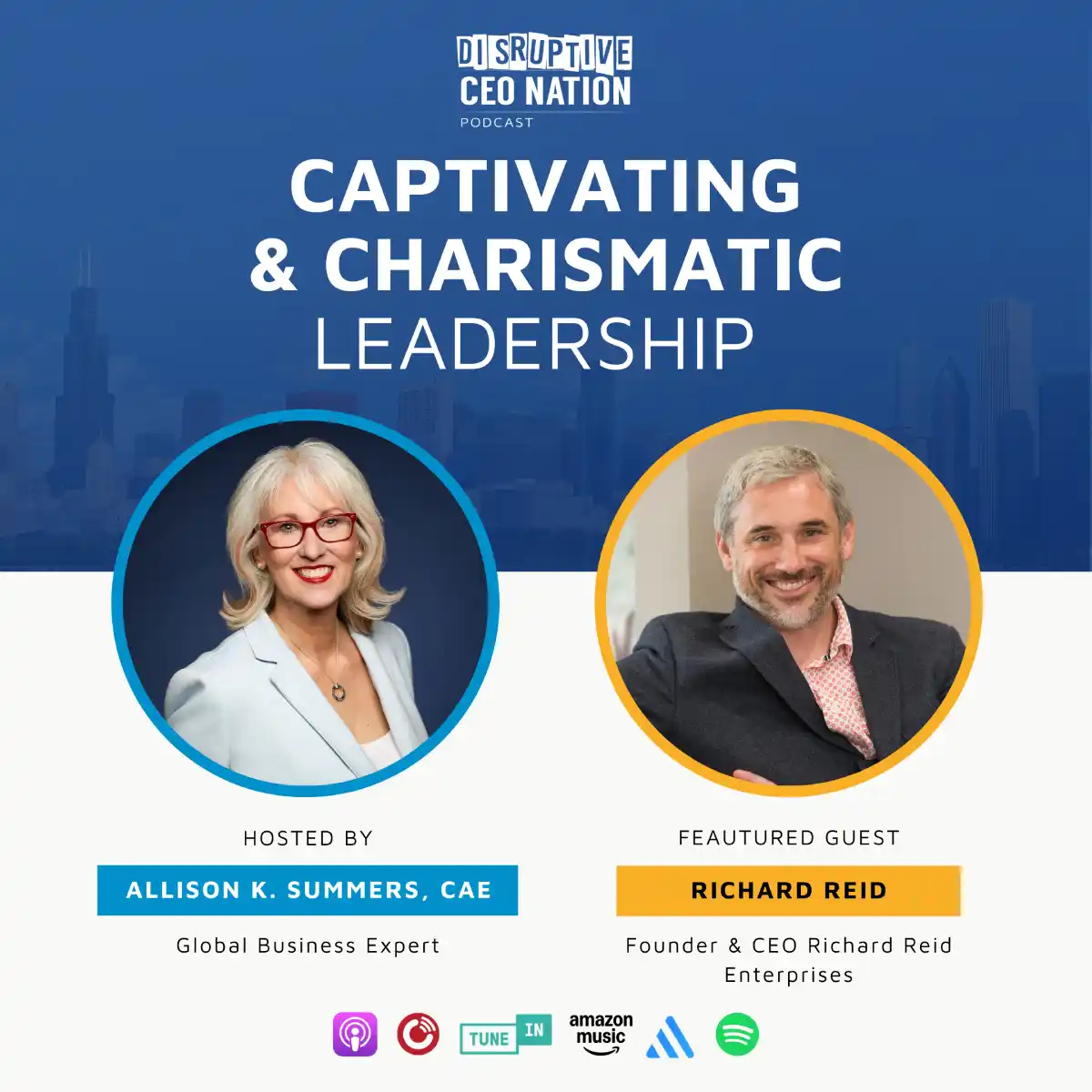Driving Innovation and Productivity through Mental Clarity
Introduction
In today’s fast-paced, hyper-connected world, organisations face a growing challenge: helping employees maintain focus, creativity, and productivity during constant distractions and mounting stress. For leaders, enabling employees to perform at their peak while staying adaptable to changing demands has become a critical goal.
One solution is mindfulness—focusing on the present moment without judgment. Over the past decade, mindfulness has transcended its origins in personal well-being to become a powerful tool for business success. Backed by extensive research in neuroscience and psychology, mindfulness can enhance employee focus, nurture creative problem-solving, and improve overall workplace dynamics.
This whitepaper discusses mindfulness’s transformative potential in the workplace and provides actionable strategies for integrating mindfulness into organisational culture to boost employee focus, creativity, and performance.
The Benefits of Mindfulness for Increased Focus
Distractions plague modern workplaces: endless notifications, multitasking demands, and information overload contribute to dwindling attention spans. Mindfulness addresses these challenges by training the brain to focus on the task and filter out unnecessary noise.
1. Enhancing Concentration
Mindfulness strengthens focus by grounding individuals in the present moment. When employees practise mindfulness, they develop an enhanced awareness of their thoughts and surroundings, which allows them to refocus more effectively after distractions.
Neuroscience Insight: Research indicates that mindfulness improves attention by increasing activity in the brain’s prefrontal cortex, which governs executive functions such as concentration and decision-making. A study published in the journal Mindfulness (2017) found that employees who practised mindfulness for eight weeks displayed significantly higher sustained focus levels than their peers.
2. Combatting Cognitive Overload
Mindfulness provides a mental reset by reducing cognitive clutter. Regular meditation or mindful breathing exercises help employees process and prioritise information effectively, allowing for better time management.
3. Reducing Procrastination
Mindfulness fosters self-awareness, enabling employees to confront distractions and unproductive habits. It also builds the mental discipline necessary to tackle challenging tasks with greater efficiency.
Unlocking Creativity Through Mindfulness
Innovation is the lifeblood of competitive organisations, yet creativity can be elusive under stress and rigid deadlines. Mindfulness has emerged as a proven catalyst for creative thinking by enabling employees to explore new perspectives and generate original solutions.
1. Encouraging Divergent Thinking
Mindfulness fosters divergent thinking—the ability to produce multiple ideas or solutions to a problem—by reducing mental noise and encouraging free-flowing, original thoughts.
Study Highlight: A 2014 study by Leiden University demonstrated that open-monitoring meditation, a form of mindfulness, significantly boosted participants’ capacity for generating creative ideas.
2. Reducing Fear of Failure
Creativity often requires stepping outside one’s comfort zone—an act that can be hindered by self-doubt and fear of judgment. Mindfulness helps employees embrace uncertainty and approach challenges with curiosity rather than anxiety. This mindset can unlock new levels of confidence and innovation.
3. Creating Mental Space for Insights
The mind can only be creative when given space to process and connect ideas. Mindfulness promotes this “mental whitespace,” enabling employees to step back from reactive thinking and access deeper insights.
Impact on Employee Performance
Beyond focus and creativity, mindfulness has a wide-ranging impact on employee performance through its ability to build resilience, adaptability, and emotional intelligence.
1. Stress Reduction for Sustainable Performance
Workplace stress directly impairs performance, leading to exhaustion, absenteeism, and burnout. Mindfulness reduces stress by lowering cortisol (the stress hormone) levels and promoting relaxation.
Real-World Example: At General Mills, employees who participated in an eight-week mindfulness programme reported a 32% reduction in stress levels and a 20% increase in productivity.
2. Enhancing Emotional Intelligence
Mindful employees are better equipped to regulate emotions, communicate effectively, and collaborate. Backed by mindfulness, emotional intelligence fosters stronger interpersonal relationships and teamwork.
3. Building Adaptability
Resilience is crucial in times of change, such as organisational restructuring or market disruptions. Mindfulness helps employees remain flexible and composed, allowing them to adapt quickly and maintain a problem-solving mindset.
Practical Strategies to Embed Mindfulness in the Workplace
Integrating mindfulness into a corporate environment does not require overhauling existing processes. Here are some practical approaches to fostering mindfulness in the workplace:
1. Encourage Mindfulness Breaks
- Introduce short, 5–10 minute mindfulness exercises during meetings or workshops.
- Provide access to mindfulness apps such as Headspace or Calm to guide employees through daily meditation sessions.
2. Create Dedicated Quiet Spaces
Designate areas in the office where employees can practise mindfulness, meditate, or step away from distractions.
3. Implement Structured Programmes
Host mindfulness workshops or partner with certified trainers to teach employees mindful breathing, body scanning, and focused meditation techniques.
4. Promote a Culture of Presence
Encourage employees to practise mindful communication by fully engaging in conversations and eliminating distractions during meetings.
5. Combine Mindfulness with Leadership Development
Train leaders to adopt mindfulness practices as part of their leadership style. Mindful leaders model calmness, attentiveness, and empathy, setting the tone for the organisation.
Case Studies: Mindfulness in Action
Case Study 1: Google’s “Search Inside Yourself” Programme
Google’s mindfulness training programme emphasises emotional intelligence, resilience, and creativity. Through this initiative, Google has seen its employees develop stronger focus, reduced stress, and an enhanced sense of engagement.
Case Study 2: SAP’s Mindfulness Journey
SAP, a global technology company, implemented mindfulness courses in its employee development strategy. More than 6,500 employees participated, leading to increased job satisfaction, improved focus, and a significant drop in absenteeism.
Case Study 3: Pixar Studios and Creativity
Pixar, renowned for its creative output, encourages mindfulness among its employees to nurture innovation. Mindfulness practices are integrated into the studio’s collaborative processes, helping teams overcome creative blocks while fostering an open, adaptive mindset.
Conclusion
Mindfulness is not just a personal practice—it is a professional advantage. By enhancing focus, unlocking creativity, and improving performance, mindfulness empowers employees and organisations to thrive in an increasingly complex business environment.
For leaders, integrating mindfulness into the workplace is an investment in sustainable success. With simple, actionable practices, organisations can cultivate a workforce that is more productive, innovative, happier, and more resilient.
Call to Action: Start small—introduce mindfulness practices in your workplace today to unlock your team’s full potential. Focus and creativity are just a mindful moment away.
How will you lead your organisation into a more mindful, high-performance future?










